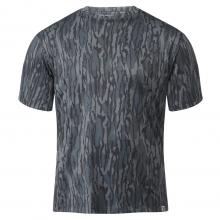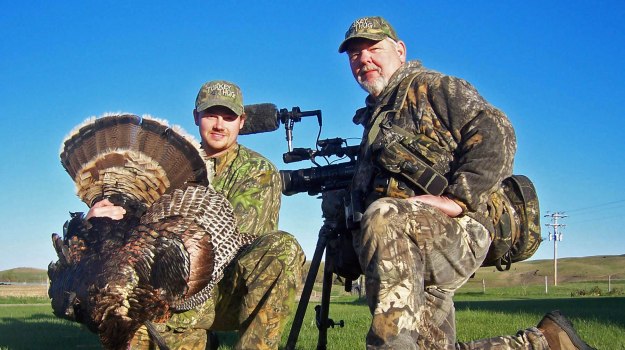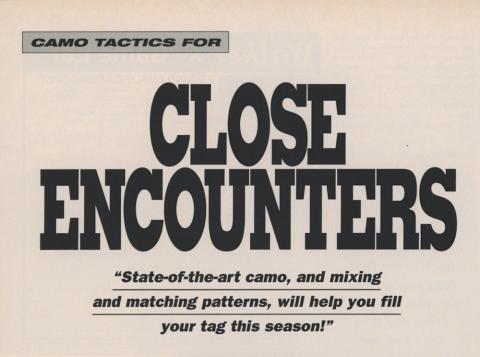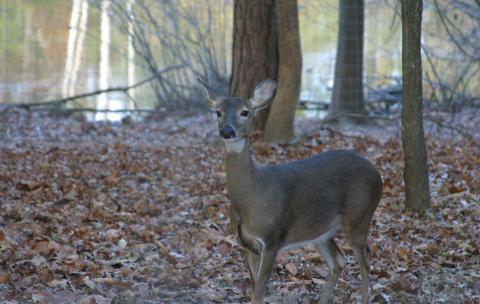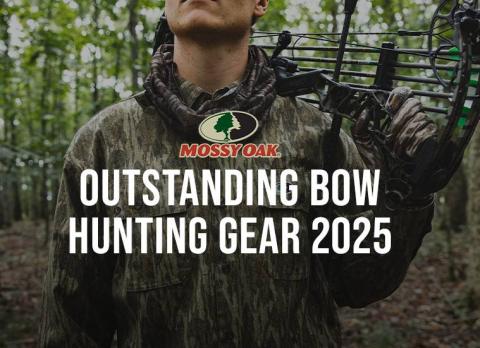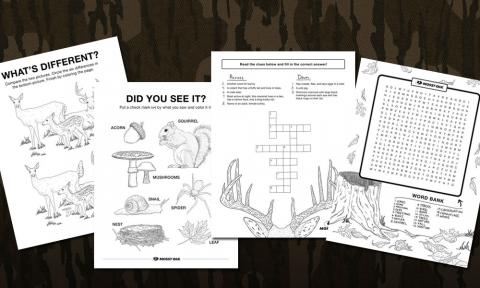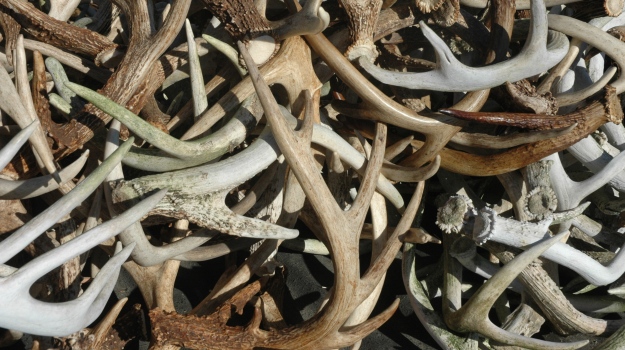
Maximizing Your Antler ROI
Brian Murphy
Let’s face it, deer hunters love antlers. However, this is not a new phenomenon as evidenced by the numerous paintings, etchings, and rituals involving deer in nearly every culture where deer and humans have coexisted. Not only were deer antlers used as weapons, tools, and adornment, they were revered for their fascinating shapes and sizes. This fascination and reverence remain today with few subjects generating more discussion among deer hunters.
All About Antlers
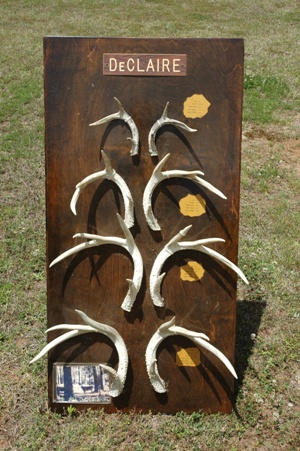 Antlers are wonderfully complex and unique structures. They are among the fastest growing structures in nature requiring less than six months from start to finish. They even grow faster than some cancer cells. For this reason, antlers are the subject of human medical research for cancer, osteoporosis, and limb regeneration.
Antlers are wonderfully complex and unique structures. They are among the fastest growing structures in nature requiring less than six months from start to finish. They even grow faster than some cancer cells. For this reason, antlers are the subject of human medical research for cancer, osteoporosis, and limb regeneration.
While antlers are often called “horns,” the two differ in many ways. Horns are permanent while antlers are shed and re-grown annually. Horns grow from the base, antlers from the tip. Horns are comprised of compressed hair, antlers of true bone. Horns are hollow, antlers are solid. While both serve the same general functions – defense and mate attraction – the two are very different.
It’s interesting to note that the common ancestor to white-tailed deer, mule deer and black-tailed deer didn’t have antlers at all, but large upper canine teeth. Over several million years, these upper canines were replaced with permanent, antler-like structures that later gave way to the modern “disposable” antlers we know today. Believe it or not, a very small percentage of whitetails today still exhibit this evolutionary “throwback,” though their canines are generally very small (less than ½-inch). Because of this, most go unnoticed by hunters. So, be sure to check your next deer for these unique treasures of days of long ago.
Antlers vary considerably in size and shape according to age, nutrition, genetics, disease, injury and many other factors. As a result, deer hunters and managers commonly analyze and debate ways to maximize antler size in a given area. According to the latest whitetail science, age still reigns supreme when it comes to large antlers. Regardless of genetics and nutrition, young bucks simply can’t grow the amount of “bone” on their heads that older bucks can. And, it’s easy to understand why. In young bucks, priority is given to attaining skeletal maturity, which generally occurs at 4.5 years of age. Until then, antlers must take a back seat.
Maximizing Your Antler ROI
In today’s rough-and-tumble economy, most people would be more than satisfied with a Return On their Investment (ROI) of 100 percent in year one, 30 percent in year two, and 20 percent in year three. But, what if the ROI dropped below 10 percent for years four through seven? Some would stay the course, while others would cash-in and invest elsewhere. I’m not referring to money, but whitetail antlers. Based on research at Mississippi State University and elsewhere, the ROIs previously stated are fairly normal when it comes to the increase in gross Boone & Crocket (B&C) scores for bucks from 1.5 to 4.5 years of age (see table). Obviously, the average score for each age class varies considerably from the sandhills of Florida to the agricultural fields of Saskatchewan, but the overall trend remains similar.
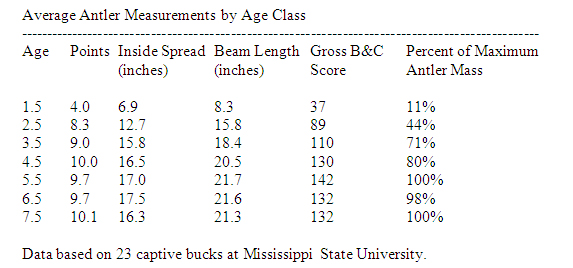
When it comes to maximizing your ROI by allowing a buck to live another year, what’s the best age to cash-in and harvest a particular buck? The answer requires more than basic financial skills, but a broader discussion regarding your management objectives, number of acres under management, habitat quality, etc. For the purpose of this article, let’s assume you are part of a deer management cooperative in moderate habitat quality that embraces Quality Deer Management (QDM) and allows bucks to reach at least 3.5 years of age before harvest. With this in mind, the average yearling buck in your area will double in gross B&C score from 1.5 to 2.5 years of age (see Gross B&C Score column in table) and attain 40-50 percent of its maximum antler mass at maturity (see Percent of Maximum Antler Mass column in table). If the buck is allowed to reach 3.5 years of age, its antlers will typically increase another 30 percent in B&C score and approach 75 percent of its eventual maximum antler mass. By passing it just one more year, the buck will grow another 15-20 percent and attain 80-90 percent of its eventual maximum antler mass. Because of this, I consider 4.5-year-old bucks the ultimate ROI for those interested in QDM.
As previously stated, many factors must be considered when determining the best age at which to harvest bucks in a given area. In some areas, hunting pressure will make it difficult, if not impossible, for bucks to reach 4.5 years of age. In such cases, a more realistic goal may be 3.5 years of age. However, if you have never harvested a 2.5-year-old buck, there’s certainly nothing wrong with taking a buck of this age and working up from there. On the other hand, those blessed with huge properties, low hunting pressure, and hunters willing to pass numerous high-quality young bucks may be able to allow bucks to reach full maturity (5.5+ years old) before harvest. The key is balancing your personal objectives with the overall health of the herd and the quality of the hunting experience. The take home message here is not the age at which you should harvest bucks, but rather what you can reasonably expect regarding whitetail antler growth based on the latest research.
Brian Murphy is an avid hunter, wildlife biologist and CEO of the Quality Deer Management Association (www.QDMA.com). He has worked exclusively in deer research and management for 25 years during which he has presented more than 600 lectures and authored more than 125 popular and scientific articles, book chapters and other educational materials designed for deer hunters and managers.






